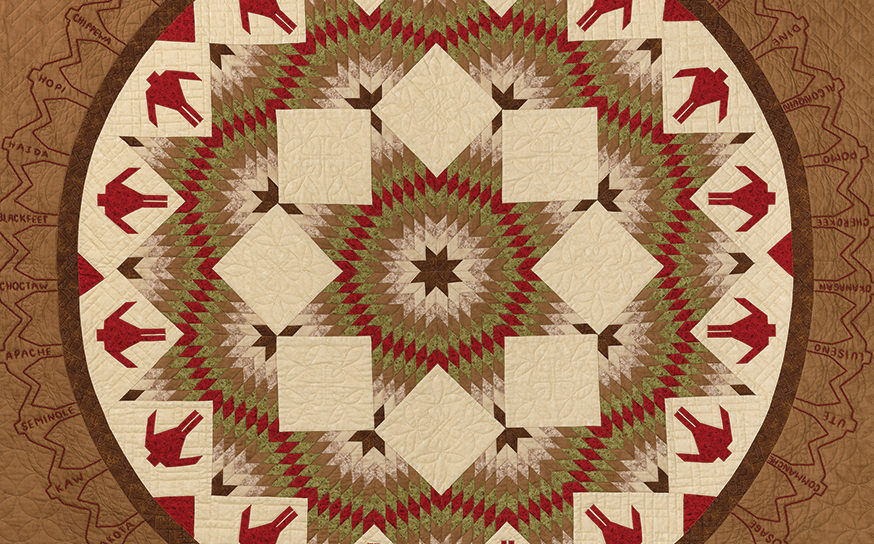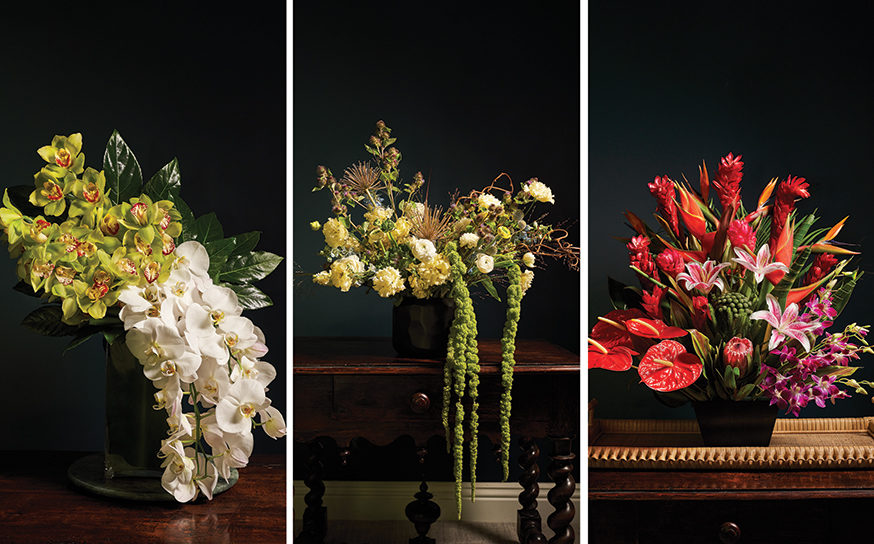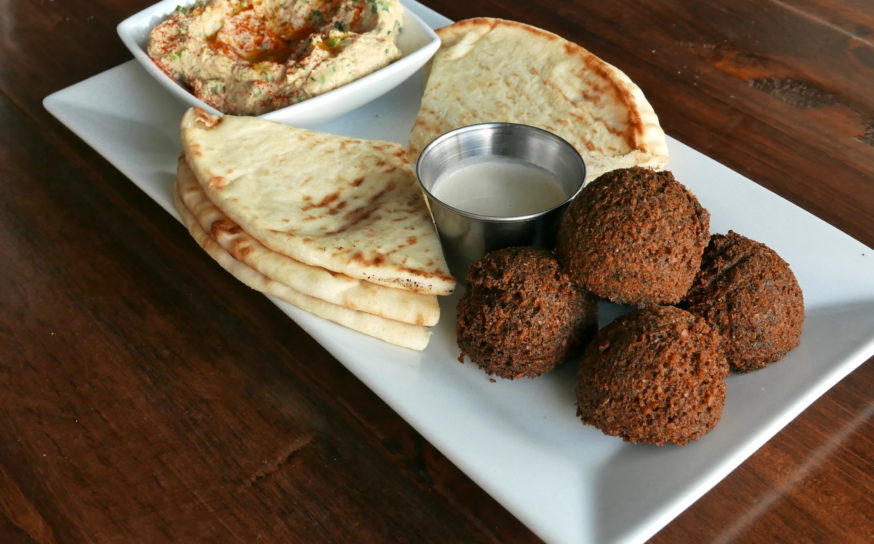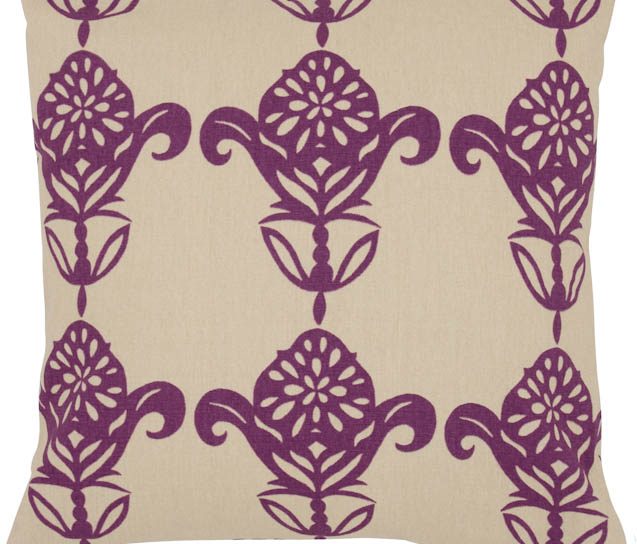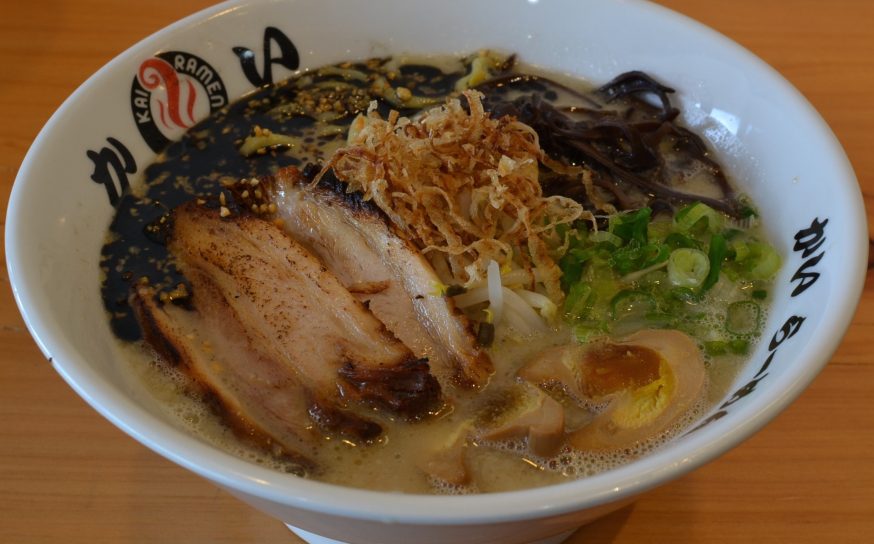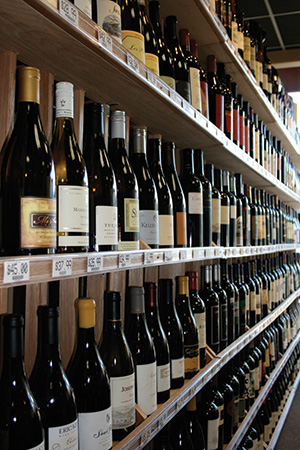
ABC’s of Wine
In the spirit of our A to Z Best of Issue, food & wine editor
Bonnie Graves walks us through her encyclopedia of wine,
a topic she knows well from her sommelier days pouring for
such culinary greats as Wolfgang Puck. Keep this list handy the next time you want to brush up on your bottle knowledge.
-
CategoryUncategorized
-
Written byBonnie Graves
A is for Albariño
Get to know the great white grape of Spain’s green northern coast. Albariño makes crisp, high-acid and refreshing wines with aromas of green melon, white flowers and a whiff of the saline sea. Perfect for seafood.
B is for Buttery
Arguably the most over-used word in the wine world, buttery wines have undergone full malolactic fermentation (see “M”) and have spent a lot of time in barrels. Love them or loathe them, this style of wine is marked by milky, creamy and, yes, buttery flavors.
C is for Chianti
Think it’s an Italian grape? You’re not alone, but you’re wrong. Chianti is a place within the broader wine-producing region of Tuscany and is a good illustration of European wine labeling traditions where place trumps grapes. Primarily composed of sangiovese, pair Chianti with grilled lamb chops done with rosemary and garlic.
D is for Decant
Transfer wine from the bottle into a clean, glass container. Why? 1. To separate the precious from the gritty, yucky sediment that can naturally occur in some types of wines as they age. 2. To expose “tight” wines to the benefits of aeration—which can help the esters and aromatics of a wine to be more expressive. 3. To bring the fancy.
E is for Extraction
A wine term for the way in which clear grape juice is colored by hanging out with the squished-up skins of grapes. Winemakers decide how much color to extract before they discard the skins and grape debris.
F is for Fermentation
Fermentation follows extraction conveniently enough. To ferment something is to make alcohol, the liver-friendly kind called ethyl alcohol, out of just about any organic product that has some naturally occurring sugars present in it. Basic chemical equation: sugar + yeast → ethyl alcohol + CO2 and heat.
G is for Grape
All grapes are not the same. What we buy at the supermarket are table grapes of the vitis lambrusca variety. Fine wines are made from vitis vinifera, which are much smaller in size and better for fermenting.
H is for Hillside
Grapes that grow under stressed conditions produce better wines. Big, flat valley vineyards might produce a lot of volume, but high-altitude, steep hillside vineyards produce grapes with more concentrated flavors.
I is for Indigenous
Wine grapes and vines that are native to a specific place. From pinot noir native to Burgundy to nebbiolo native to Piedmont, grapes often produce their best wine when grown in their native habitat. Italy alone has hundreds of indigenous varietals, so be adventurous with those wacky-sounding grapes, not just the ones you recognize already.
J is for Jammy
Also a very over-used wine term, it’s nevertheless useful when thinking about distinctions of flavor and texture in red wines. Imagine the difference between freshly-picked red raspberries (pinot noir) and sugary, cooked raspberry jam (zinfandel). Learn to be thoughtful when tasting wines and develop your own vocabulary of tasting terms.
K is for Kitchen
This is where wine should be—open and consumed while you cook in your kitchen. In European culture, wine is as much a condiment as ketchup is to Americans. A glass or two of wine with food each night is healthy–more than that, not so much. Packed with antioxidants and age-fighting resveratrol, red wine is particularly healthy.
L is for Label
Wineries spend untold amounts of money on label design in order to entice you, the consumer, to buy their bottle in that critical moment when you’re gazing at the shelf. Learn to be savvy in reading labels. Don’t simply buy a wine because of its easily recognizable color (Veuve Clicquot “Yellow Label” Champagne) or a cute critter on the label. (We’re talking to you, Yellowtail Shiraz.)
M is for Malolactic Fermentation
The turning of malic acids (think crispy-cold Granny Smith apple) into lactic acids (think milk and dairy). Whether or not a wine goes through full, partial or no malolactic fermentation is a stylistic choice winemakers make that critically impacts the final flavors and aromas of the wine.
N is for Noble Rot
Believe it or not, some of the most coveted wines in the world depend on mold for greatness. Botyrtis, or noble rot, is a curious phenomenon that allows certain grapes to mold over while protecting and concentrating the sugars inside. These sweet wines from places like Sauternes in France are amazing treasures.
O is for Oak
Wines can be aged prior to bottling in a variety of vessels, but oak barrels remain the preference for most winemakers. Big or small, new or recycled, French or American—oak barrels are a key ingredient in making wine, yet one that winemakers must use carefully. No one likes sipping on a 2×4!
P is for Pinot Noir
Pinot noir is the darling of wine consumers, if not winemakers. It’s fussy to grow, hard to ripen, sensitive to rough handling. Yet when made well, pinot noir can be the apex of winemaking achievement. From Domaine Romanée-Conti in Burgundy to the peaks of New Zealand to Oregon’s red hills, pinot noir is a lifelong study.
Q is for QPR
Quality-to-Price Ratio (QPR) is a big factor in selecting wines. Loosely put, how good is that wine in relation to the price? In tough economic times, folks still buy wine, but increasingly they’re looking for good values, not once-in-a-lifetime bottles. Match the wine to the occasion.
R is for Refrigerator
Just how long does that open bottle of wine last? Once uncorked, a wine rapidly begins to decline, as oxygen, light and heat are the natural enemies of the juice inside. There are all manner of gadgets on the market these days that purport to battle these enemies and extend the life of your wine. Don’t buy them. Your best ally? The fridge.
S is for Sulfites
Repeat after me. You are NOT allergic to sulfites. You just drank too much wine or have a sensitivity to histamines, which are concentrated in some strong red wines. Sulfur dioxide is a critical preservative added in small amounts to wine to add to its stability. Sulfites are your friend, not your enemy.
T is for Tannin
Tannins are organic compounds that add structure and texture to wine. Think of a strong cup of black tea, which is also very tannic. Tannins are the skeleton of a wine, the bones that give its shape. In your mouth, wine tannins feel like velvet socks on your teeth.
U is for Unusual
The best piece of wine advice I might offer is also an homage to the ABCs—Anything but Chardonnay or Cabernet! If you only drink the grapes you know, you’ll never expand your palate. Buy the most unusual grapes you can and get experimenting.
V is forVintage
Here in the U.S., vintage is over-hyped. What matters a lot more than the “when,” the vintage date on the label of an American wine, is the “where,” the specific appellation or vineyard where the grapes were grown, and the “who,” as in whose hands tended these grapes and shaped the wine. Learn to buy wines by the where and by the who rather than by the vintage alone.
W is for Wine Tasting
Host your own casual wine tasting—set a max price per bottle, pick a country or a grape and start your own educational process. Be systematic but not stodgy. Print a few maps, assign someone to do 10 minutes of research and pop some corks. It’s much more fun than drinking alone.
X is for Xinomavro
This is the great red grape of northern Greece. Still struggling to recover from its Retsina scandal, Greece is still under-appreciated and undervalued in the wine world. Xinomavro makes amazing reds, much like Barolos or Barbarescos in structure, for a fraction of the cost.
Y is for Yeast
An essential component of the fermentation process. It may occur naturally or be added manually by the winemaker from a lab-grown compound, but for fermentation to occur–whether in your beer, liquor or wine–yeast must be present. Yeast isn’t only for baking bread … it’s essential to your poison of choice as well.
Z is for Zinfandel
Thanks to Italian settlers here in California who weren’t too bothered by Prohibition, we still have amazingly old plots of zinfandel vines in the Golden State. It’s our own great native grape—related to primitivo in Italy and plavac mali in Croatia. It’s unique and yummy. And red, by the way—not pink.
BOTTLED UP
Learning about wine requires asking questions and developing relationships. Your smartest allies are the internet and a local boutique wine retailer; the latter isn’t BevMo or Trader Joe’s or even Whole Foods, by the way. Your best bet for palate education is a smaller, non-corporate wine shop with passionate owners and employees who are just dying to share their latest find with you. Attend their in-store tastings, decide on a monthly wine budget and experiment. It’s happy homework.
Recommended Retailers:
Flask
12194 Ventura Boulevard
in Studio City
818-761-5373 | flaskfinewines.com
Palate Food & Wine
933 South Brand Boulevard
in Glendale
818-662-9463 | palatefoodwine.com






